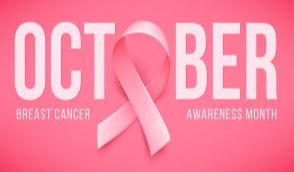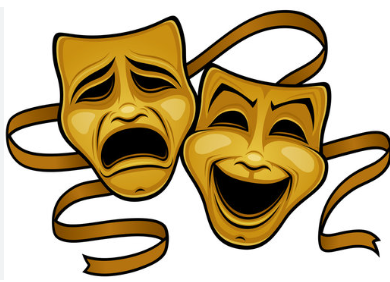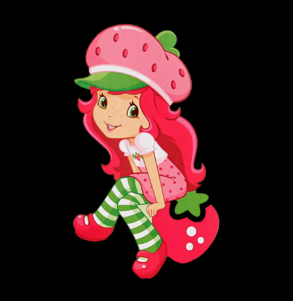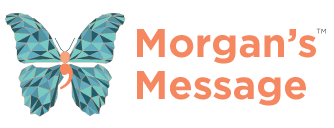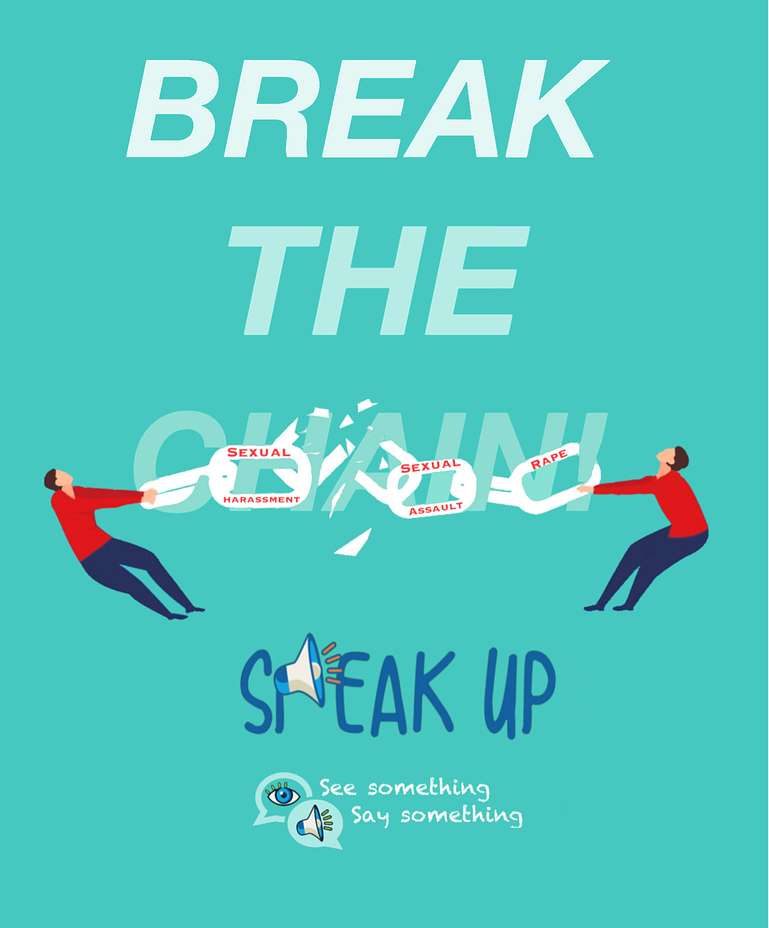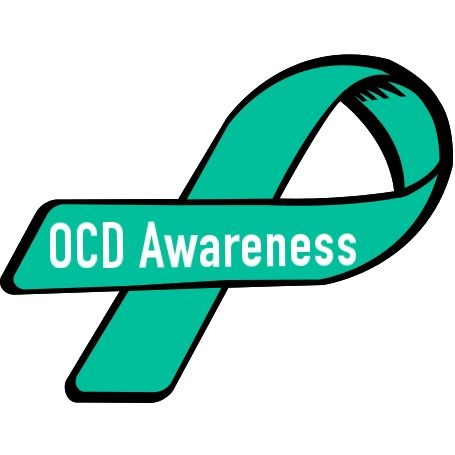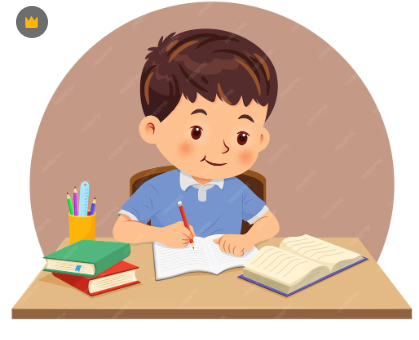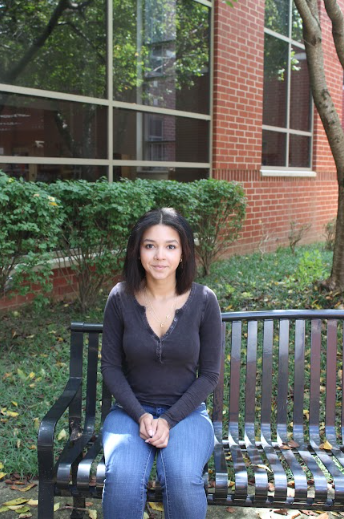The month of October is recognized as Obsessive-Compulsive Disorder (OCD) Awareness Month. The purpose for this month is to provide education about OCD symptoms, treatment options, and encourage seeking help while having open conversations.
OCD is a mental health condition that affects approximately 1-2% of the population. It is characterized by intrusive and unwanted thoughts, and repetitive behaviors. These obsessions and compulsions can significantly interfere with the daily life of an individual. Symptoms of this disorder can begin at any time, but typically develop during the stages of childhood or early adulthood. The average age of symptom development is around 19 years old. OCD may worsen or turn into other things such as agoraphobia.
OCD is often viewed as being “neat” or “organized”, but it is much more than just that. It can present itself in various ways. Common types of OCD include; contamination, symmetry and order, checking, harm, etc. Some individuals may experience a combination of the types. All types of OCD include an intense fear or a compulsive behavior that can severely affect a person.
Fortunately, this is a treatable condition with two main treatments including psychotherapy and medication. To have a more effective treatment, the combination of both treatments are recommended. A type of psychotherapy is cognitive behavioral therapy. Which appears more effective for some diagnosed with OCD. This type of therapy teaches you how to manage your obsessions and compulsions. The use of medications may help control obsessions and compulsions. Antidepressants are more common to try first.

